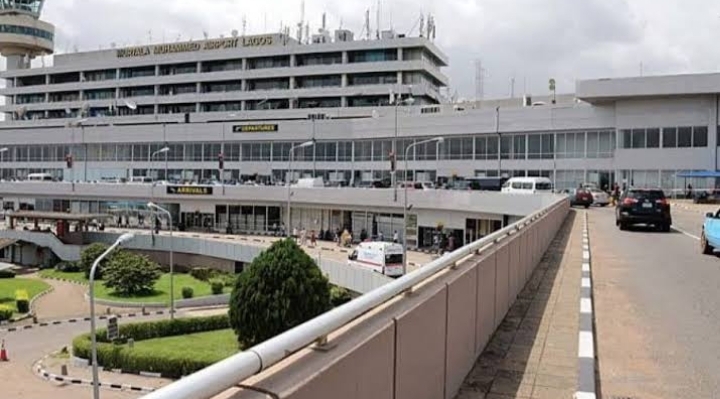Forty-six years after it first opened to the public, the Federal Government has finalized plans to demolish the aging terminal of the Murtala Muhammed International Airport (MMIA) in Lagos. The iconic structure, long considered inadequate for Nigeria’s growing aviation needs, will soon be replaced by a modern terminal equipped to handle 20 million passengers annually.
The Minister of Aviation and Aerospace Development, Festus Keyamo, disclosed the plan via his official X handle over the weekend. He noted that while the Nigerian public has managed to cope with the outdated infrastructure, a comprehensive upgrade is long overdue.
“When MMIA was constructed in 1977, it was built to accommodate around 200,000 passengers a year. Today, it serves over 3 million passengers annually—and around 15 million nationwide,” Keyamo wrote. “The infrastructure is now overstretched. Thanks to President Bola Tinubu, we are embarking on a complete reconstruction to meet modern global standards.”
Agreement Signed With CCECC
According to aviation sources, the government has struck a deal with the China Civil Engineering Construction Corporation (CCECC) to undertake the demolition and rebuilding of the terminal. Funding has already been secured, with construction expected to begin shortly.
Sources added that the outdated terminal, originally built for modest traffic, now sees an estimated 9 to 10 million passengers yearly, creating chronic congestion and operational strain.
Pushing Keyamo’s Infrastructure Agenda
The initiative aligns with Minister Keyamo’s five-point aviation agenda, which prioritizes infrastructure development. Previous administrations proposed similar overhauls, but those plans were never executed. With the new Terminal 2 now operational, stakeholders believe the Tinubu administration has a unique opportunity to fully modernize MMIA.
The estimated cost of the project exceeds N14 billion, and industry experts suggest its success will depend on detailed planning, technical expertise, and strict adherence to timelines.
Mixed Reactions From Stakeholders
Reactions within the aviation sector have been mixed. While many applaud the development, others have raised concerns about implementation.
Group Captain John Ojikutu (rtd), a seasoned aviation security expert, questioned why alternate plans for expanding or relocating terminals have been shelved. He warned against over-centralizing airport operations on one side of the facility, calling it a potential security risk.
“What happened to the plan to shift West Coast regional flights to MM2? Or relocating the General Aviation and cargo terminals to the opposite side of the runways? These steps would ease congestion and facilitate future expansion,” he argued.
Others welcomed the move but stressed the need to engage aviation-specific architects and engineers to ensure a comprehensive, world-class redesign.
MMIA’s Evolving Legacy
Since its opening in 1979, the MMIA has undergone several upgrades. A major expansion in 2008 saw the addition of Terminal M, and more recently, Terminal 2 has further eased congestion while offering state-of-the-art amenities. FAAN has also enhanced runways, taxiways, and parking structures in recent years to improve service delivery.
Named after former Head of State, General Murtala Ramat Mohammed, MMIA remains Nigeria’s busiest and most prominent airport, serving as a key link between the country and the global community.
The planned reconstruction is not only a response to rising demand but also a reaffirmation of Nigeria’s ambitions to become a leading aviation hub in Africa. With fresh political will and strategic planning, industry stakeholders are optimistic that this long-awaited transformation will finally take flight.

